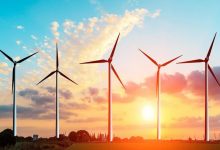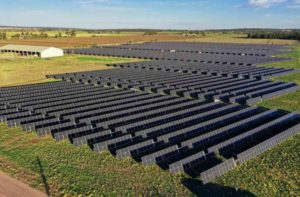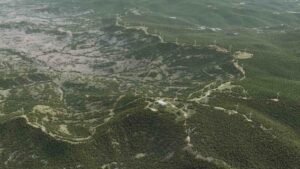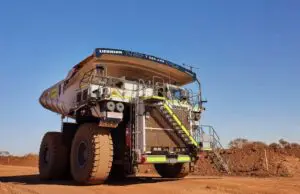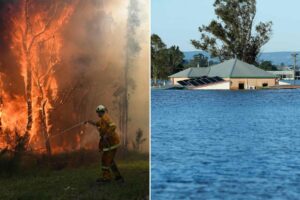Construction on the world’s largest offshore wind farm – 3.6 gigawatts, or 3,600 megawatts – has begun near the coastal village of Ulrome, East Riding of Yorkshire, England, with the beginning of construction of the onshore infrastructure.
The Dogger Bank Wind Farm is being developed by a joint venture between Irish renewable energy company SSE Renewables and Norwegian energy company Equinor. The 3.6GW offshore wind farm actually consists of three separate offshore wind farms – the Creyke Beck A offshore wind farm at 1.2 GW, Creyke Beck B 1.2 at GW and Teesside A at 1.2 GW.
All three projects were awarded supply contracts under the UK’s September 2019 Contracts for Difference (CfD) auctions and will all be supplied with GE’s 12 MW Haliade-X wind turbines – the world’s currently largest offshore wind turbine – generating enough renewable energy equivalent to the needs of 4.5 million homes each year.
“Getting the first spade in the ground is a significant milestone on any project, but for what will be the world’s largest offshore wind farm, this is a major moment for a project that has already been over a decade in the making,” said Steve Wilson, Managing Director of Dogger Bank Wind Farms.
“Dogger Bank Wind Farms will play a critical role in the UK’s effort to achieve net-zero through the use of low-carbon fuel sources and we’re incredibly pleased to work with one of the UK’s leading civil engineering contractors, Jones Bros, as we commence construction and start delivering Dogger Bank.”
Set to be located in the North Sea, Creyke Beck A and B are set approximately 130 kilometres off the Yorkshire Coast, while Teeside A is located approximately 200 kilometres offshore, both in water depths ranging from 20 metres to 35 metres.
First power generation is expected sometime in 2023, however there are no firm final completion dates advertised by the developers.
The first stages of construction are relatively lacklustre, with the first projects including the installation of the onshore cable infrastructure for the Creyke Beck A and Creyke Beck B sites as well as bulk earthworks at the onshore HVDC convertor station locations in East Riding.
The onshore infrastructure – which is being conducted by Jones Bros Civil Engineering, one of the UK’s leading civil engineering contractors – includes the installation of around 20 miles of electrical cables within ducts to be installed along trenches and under existing infrastructure and natural obstacles.
Uninspiring, maybe, but considering that these onshore infrastructure works deliver electricity generated from the wind farms to the national grid, they are nevertheless an important step forward for what will be the world’s largest offshore wind farm.
“We have worked with SSE Renewables on major schemes previously and we are delighted to be developing our partnership through working with them and now Equinor on the onshore works for Dogger Bank Wind Farms,” said Garod Evans, Jones Bros Contracts Director.
“There will be up to 100 Jones Bros personnel, from management to apprentices and trainees, on site at the height of the works.
“This is a really significant project to be involved with and it’s exciting for us to play a part in delivering support to what will be the world’s biggest offshore wind farm.”

